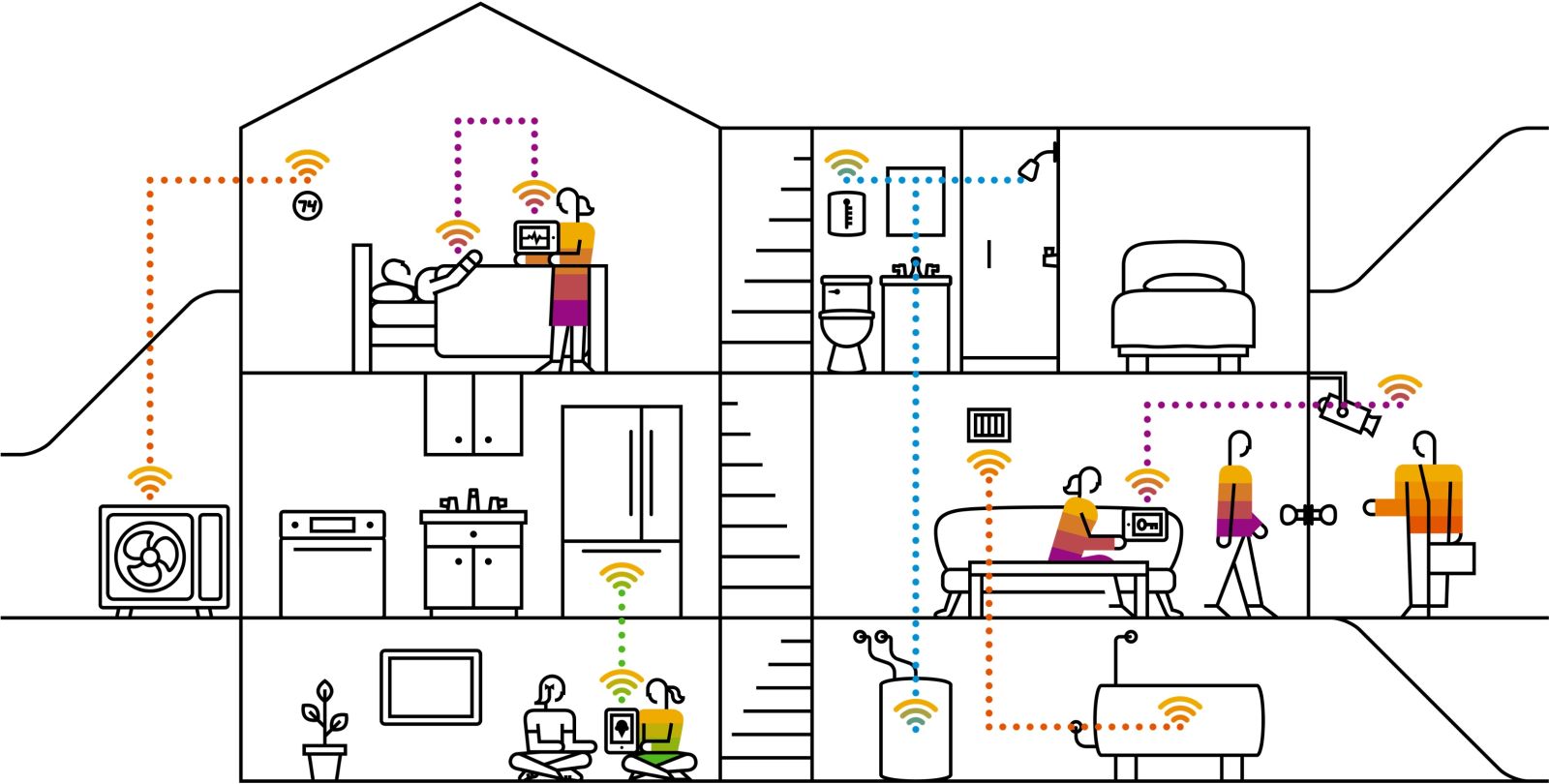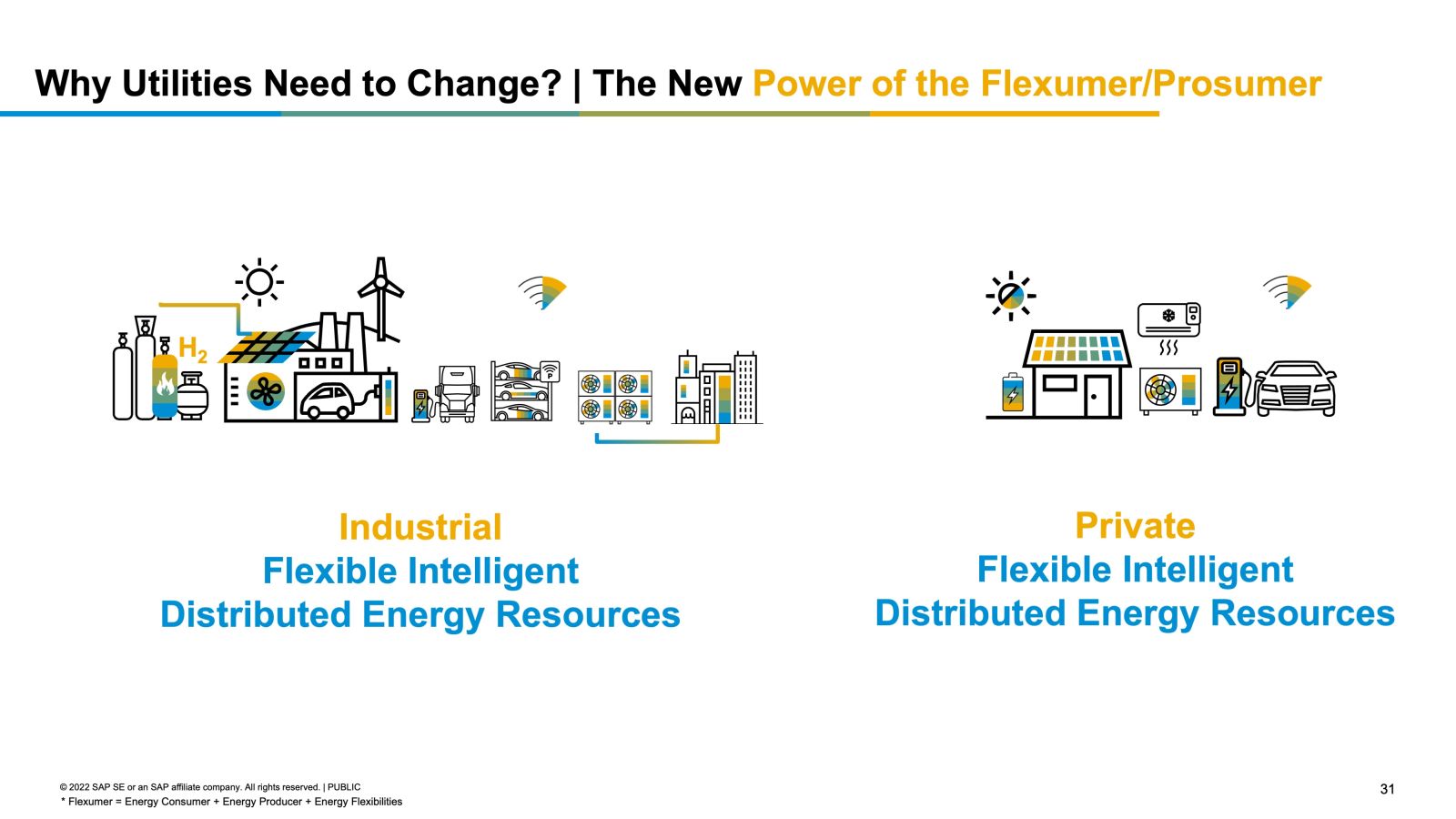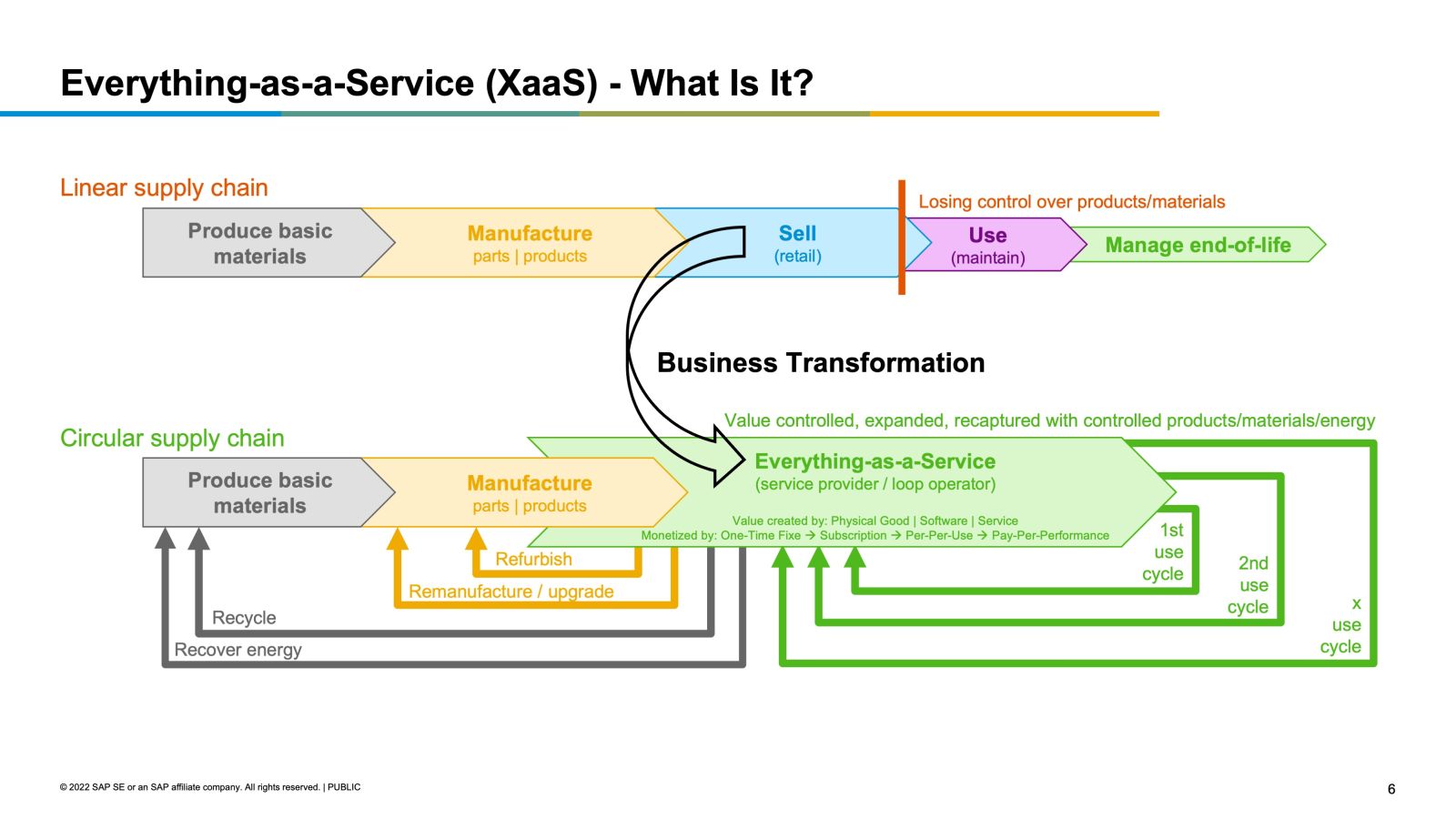Two Key Steps to Energy-as-a-Service for Utilities
The straightforward relationship between utilities generating and distributing power, and the customers consuming and paying for it, is history. Consumers are morphing into “prosumers” who use as well as produce electricity – and even into “flexumers”: those who not only consume and produce, but also lend flexibility to the grid.
The implications for utilities are hard to miss. If you make your money by delivering electrons when prosumers and flexumers are using fewer of your electrons because they’re producing and storing electrons of their own, you’re going to make less money.

Selling fewer kilowatt-hours amid a rapidly evolving power-generation and consumption paradigm involving the mass uptake of products (such as solar panels, heat pumps, battery packs, demand-side management add-ons to cycle air conditioners on and off, and energy-efficiency-enhancing hardware such as smart thermostats) poses a tough question for the utilities – how can they grow earnings? Energy-as-a-service (EaaS) for utilities is the answer. By combining the servitization of these products with traditional electricity and gas delivery, as well as new service offerings, the result is a more sustainable, renewable, and efficient energy-production and delivery ecosystem.
Utilities should aim to become one-stop shops for all things energy related. The need is certainly there. Consumers and businesses face complex questions related to their energy use and production: How many and what sorts of solar panels may be appropriate? What’s the right heat pump or whole-house fan or wall-mounted battery box? How can different elements of a prospective prosumer’s portfolio most optimally combine? What energy-efficiency measures offer the most favorable payback? What financing options and rebates are available? What smart-home options are out there? How might an electric vehicle (EV) alter a household’s energy calculus?
A utility pursuing EaaS must be able to do more than just answer questions; it must be able to profit from assembling bundles of products and services that help the utility make money, all while benefitting their customers and the planet. Two key IT upgrades can pave the way. The first involves upgrading the billing system. The second centers on enhancing the customer-service portal.

The focus on billing and customer service is not to discount the importance of systems dedicated to logistics, fulfillment, maintenance, supplier- and subcontractor-relationship management, field-technician solutions, purchasing-related systems, and other indispensable aspects of a utility’s IT portfolio. The changes EaaS brings will manifest primarily in higher transaction volumes for those systems. In other words, the functionality tends to already be there.
Not so with the billing system. Legacy utility billing systems perhaps can handle a few pricing tiers based on seasonality or usage. Rarely, however, are they up to the task of mixing and matching various hardware and service solutions into products designed for different customer segments – or, ideally, targeting individual customers. And if you can’t bill for EaaS bundles, you can’t bundle.
Customer-service portals demand similar enhancement in pursuit of EaaS. Today’s customer-service portals tend to be visually pleasing but light on functionality. Next-generation customer-service portals will have an ability to formulate and display EaaS product-and-service bundles based on a customer’s location, usage patterns, and other factors.
One imagines future scenarios in which AI-augmented solutions: tease out usage patterns; dynamically assemble portfolios of hardware, service, and software solutions based on individual customers’ energy-related expenditures; present bundles of varying ambition and cost to those customers, and then price and bill based on subscription or even outcome-based models.

Simpler models supported by upgraded billing solutions and customer-service portals can pay dividends in the near term. Utilities harnessing data available today can develop a hierarchy of bundles that nudge reluctant customers to dip their toes into renewables. One might start them on a wind-energy package, for example. Then, over time, one can upsell them to community solar, leased rooftop solar, storage systems, smart thermostats, heat pumps, appliances, and lighting. As with XaaS in other spheres, the endgame is that the customer doesn’t actually own anything. Rather, it’s all available on a month-to-month, subscription basis.
This is already happening, of course. For more than a decade now, clean energy companies have been offering residential customers rooftop solar as a service. A utility can work with several companies to provide current and new customers with heat pumps, installation, maintenance, and the energy they need - at a predictable and transparent monthly price. This not only helps to open up new revenue streams, but also advances the energy transition, the heat transition, and sustainability at the same time. On the business-to-business side, companies can offer commercial customers bundles of solar and battery power, energy-efficient lighting, power-factor correction, and demand response systems to help lower costs and improve overall system reliability. Elsewhere, energy performance contracts (EPCs) and managed energy service agreements (MESAs) are becoming more and more common.
The prospect of rolling out Energy-as-a-Service can be daunting. Utilities are well positioned in the marketplace and in the public imagination to take advantage of the opportunities that EaaS presents. By investing in their customer-service portals and billing systems, utilities can position themselves for the EaaS future of sustained profitability in the name of a sustainable future.
Raik Kulinna is global lead for Energy-as-a-Service at SAP, where he focuses on innovative technologies and new business models within the energy transition, heat transition, and circular economy.
SAP | www.sap.com
Author: Raik Kulinna
Volume: 2022 November/December








